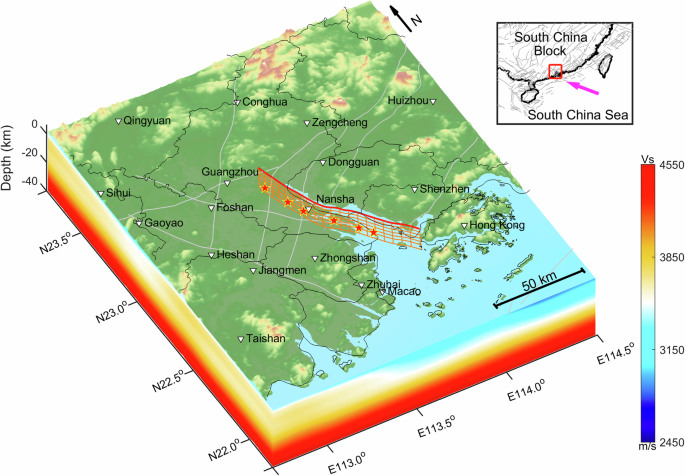- Select a language for the TTS:
- UK English Female
- UK English Male
- US English Female
- US English Male
- Australian Female
- Australian Male
- Language selected: (auto detect) - EN
Play all audios:
Neuroscientists have deciphered how genetic mutations in a specific gene lead to the generation of a toxic protein that destroys neurons in brain regions responsible for memory and
movements1. These mutations, they say, eventually cause amyotrophic lateral sclerosis (ALS) and dementia in adult humans. They add that this knowledge may provide clues to the development of
therapies for ALS and dementia. The mutations happen in the _C9orf72_ gene, which encodes a protein in various tissues, including in the nerve cells in the outer layers of the brain. This
gene contains a segment of DNA made up of a series of six DNA building blocks. When the number of such DNA segments exceeds 25, their presence negatively affects the function of the gene. It
is still not clear how such a mutated gene triggers the diseases. To find out, the scientists, including an Indian researcher from the Kasturba Medical College, Manipal Academy of Higher
Education in Manipal, India, has expressed the _C9orf72_ gene bearing 66 such DNA segments in mice. They found that the mice faced early death. Mice expressing the _C9orf72 _ gene with 450
DNA segments developed cognitive deficits, and lost neurons in the brain region that is responsible for memory and in other parts of the body. The _C9orf72_ gene encodes the C9ORf72 protein,
which plays roles in autophagy, a process that cells utilise to degrade and remove damaged parts of cytoplasm. When this gene accumulates mutations, it generates a defective form of the
protein that is toxic and reduces autophagy, triggering the death of nerve cells. The researchers say trials are under way to target and prevent the formation of the toxic protein that
causes ALS and dementia. _ _ REFERENCES 1. Zhu, Q. et al. Reduced C9ORF72 function exacerbates gain of toxicity from ALS/FTD-causing repeat expansion in C9orf72. Nat. Neurosci. (2020) doi:
10.1038/s41593-020-0619-5



